10 Japandi Living Room Ideas to Elevate Your Space with Minimalist Elegance
Japandi style is the perfect blend of Japanese minimalism and Scandinavian coziness. This design trend combines clean lines, functional layouts, natural textures, and a neutral color palette to create a space that feels both calming and inviting. A Japandi living room isn’t just about looks—it’s about crafting an environment that nurtures peace, simplicity, and intentional living.
If you want to infuse your living room with minimalist elegance, here are 10 Japandi living room ideas to inspire your transformation.
1. Stick to a Neutral Color Palette
In Japandi design, color choices are soft, understated, and inspired by nature. Think warm beige, soft white, muted gray, taupe, and earthy browns. These tones create a soothing backdrop that makes your living room feel airy and uncluttered.
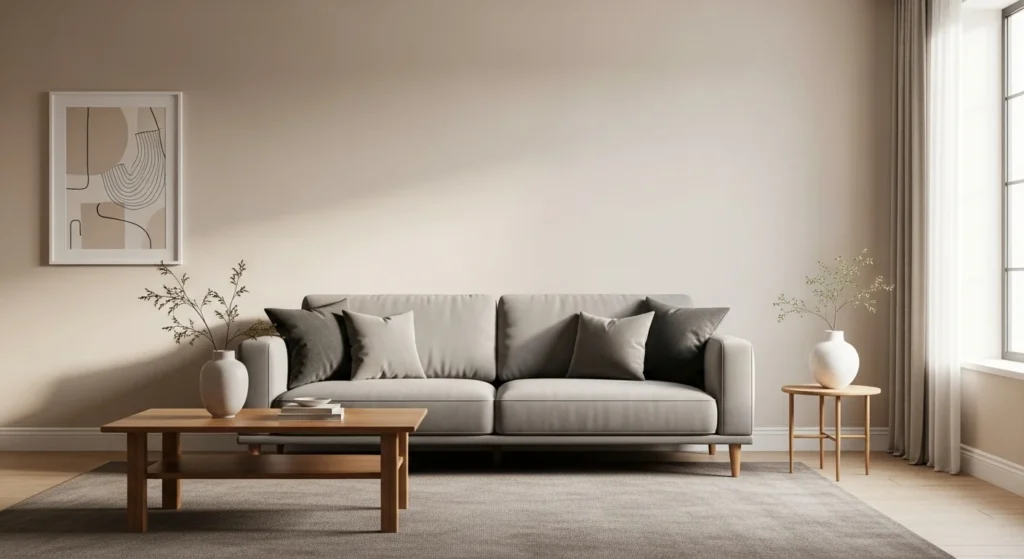
For a little depth, you can add charcoal, muted green, or soft black accents—but avoid overly bright or flashy colors. The goal is to keep everything harmonious and easy on the eyes.
2. Embrace Natural Materials
Wood, stone, linen, and cotton are at the heart of Japandi interiors. Scandinavian design favors light woods like oak or ash, while Japanese interiors often use darker woods like walnut or teak. Mixing the two creates beautiful contrast while staying within the natural theme.
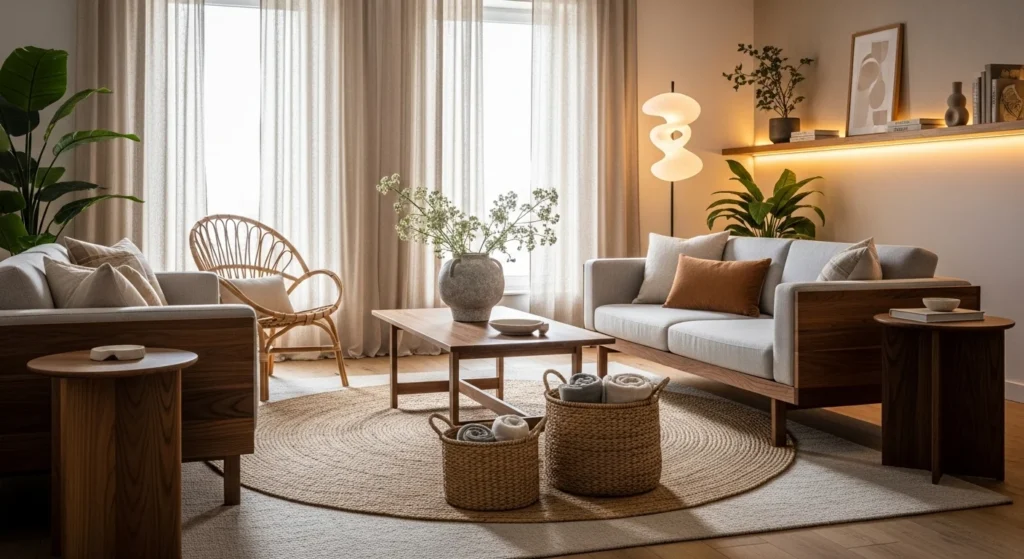
Incorporate materials like woven baskets, rattan chairs, jute rugs, and ceramic vases to add texture and authenticity. These elements connect your space to nature, one of the central principles of Japandi style.
3. Choose Low, Functional Furniture
In Japanese interiors, furniture often sits close to the ground to create a feeling of intimacy and groundedness. A low-profile sofa, a simple wooden coffee table, and floor cushions can help achieve this effect.
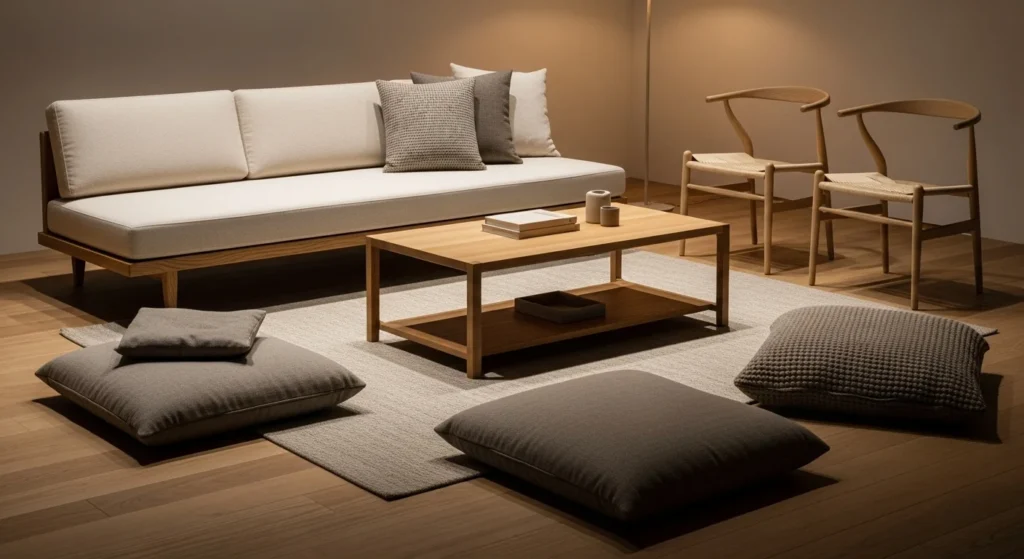
Pair this with Scandinavian-style furniture—pieces with clean lines, slim legs, and multi-functional designs—to maintain an uncluttered look while maximizing functionality.
4. Prioritize Open Space and Flow
Japandi interiors thrive on open layouts and breathing room. Avoid overcrowding the space with too much furniture or decor. Each piece should have a purpose and its own place.
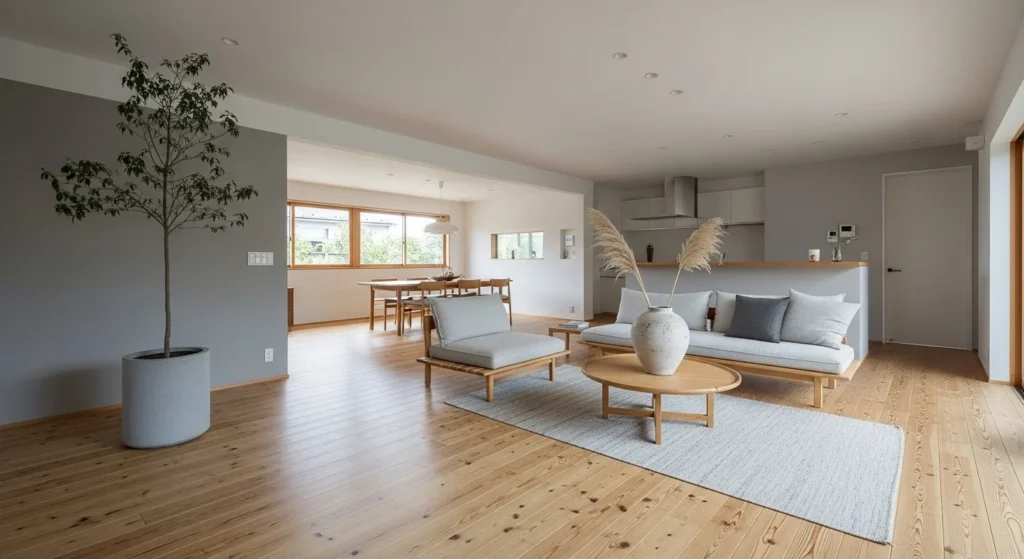
Arrange your furniture to encourage easy movement and conversation, leaving enough negative space so the room feels light rather than cramped.
5. Bring in Nature with Plants
Greenery adds a fresh, organic touch that perfectly complements Japandi interiors. Choose simple, sculptural plants like bonsai trees, fiddle-leaf figs, or snake plants.
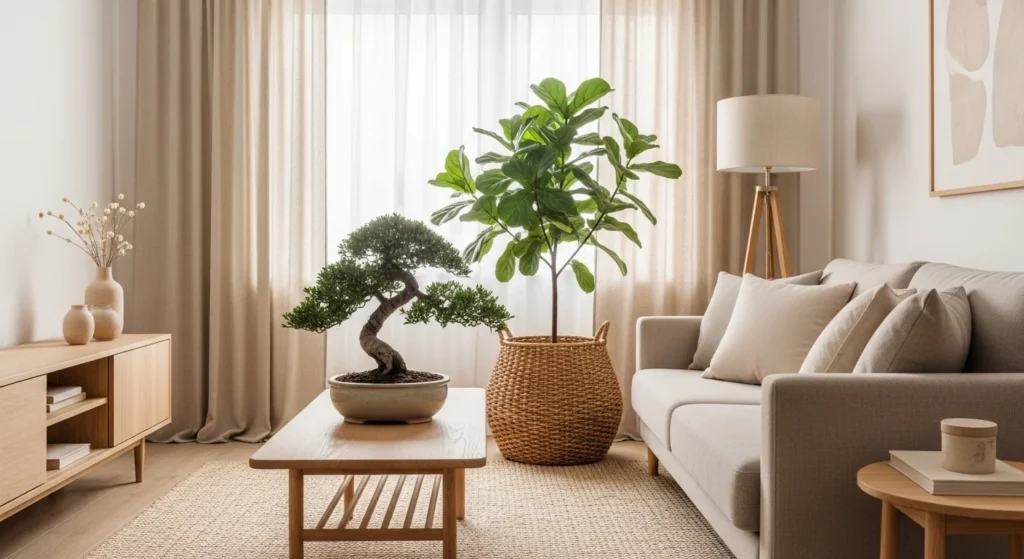
Opt for neutral or textured planters—ceramic, concrete, or woven baskets—to keep the look consistent with your color palette.
6. Keep Decorations Minimal and Meaningful
Japandi style avoids over-accessorizing. Instead, focus on a few statement pieces that bring joy or serve a purpose. For example, a handcrafted ceramic bowl, a framed piece of art, or a single branch in a tall vase can have more impact than a cluttered shelf.
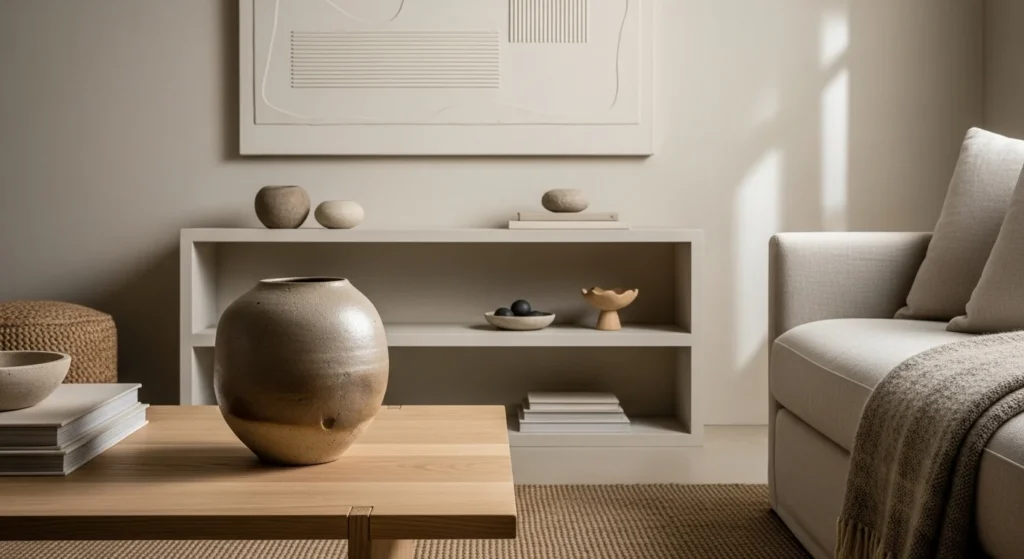
This approach aligns with the Japanese principle of wabi-sabi—finding beauty in simplicity and imperfection.
7. Layer Soft Textures for Warmth
While Japanese design leans toward minimalism, Scandinavian interiors add coziness through layered textures. Incorporate soft throws, wool rugs, linen cushions, and light curtains to make your living room feel warm and welcoming.
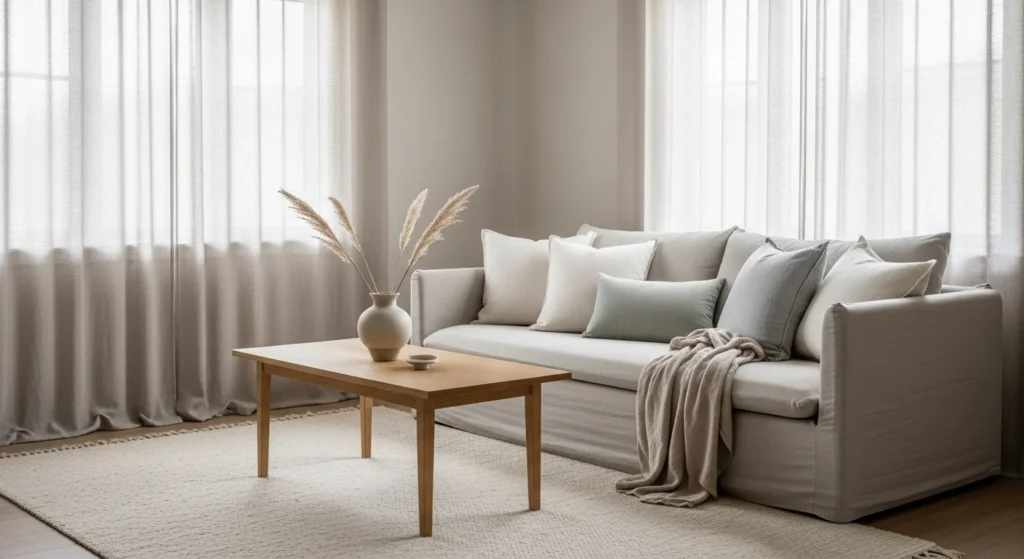
Mix smooth and rough textures for visual interest while keeping the palette neutral.
8. Add Subtle Lighting for Ambiance
Lighting in a Japandi living room should be soft, warm, and inviting. Swap harsh overhead lights for paper lanterns, wall sconces, or floor lamps with warm bulbs.
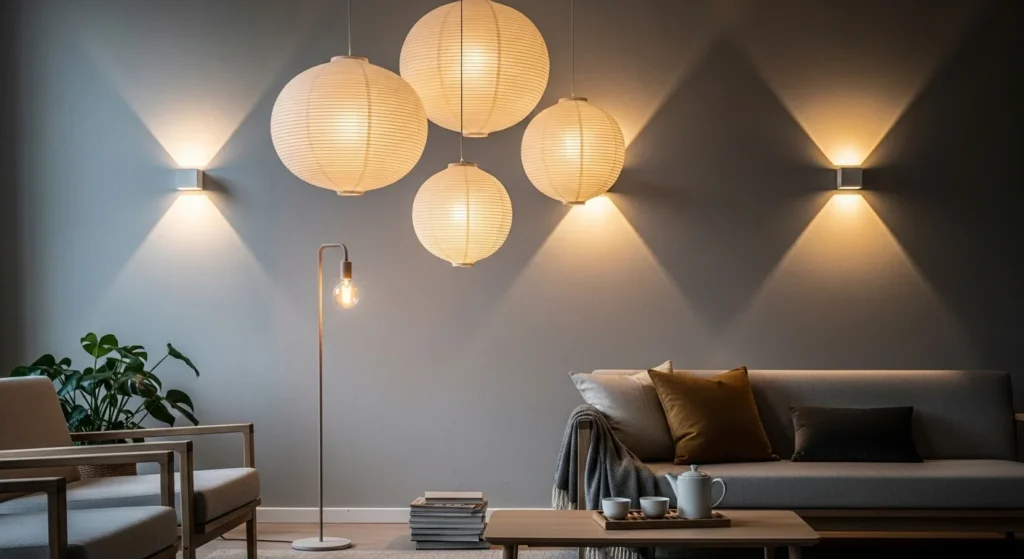
Layer your lighting—combine ambient, task, and accent lights—to create depth and mood without overpowering the serene atmosphere.
9. Integrate Built-In Storage Solutions
A clutter-free space is essential for Japandi style. Use built-in shelves, hidden cabinets, and under-sofa storage to keep your living room organized.
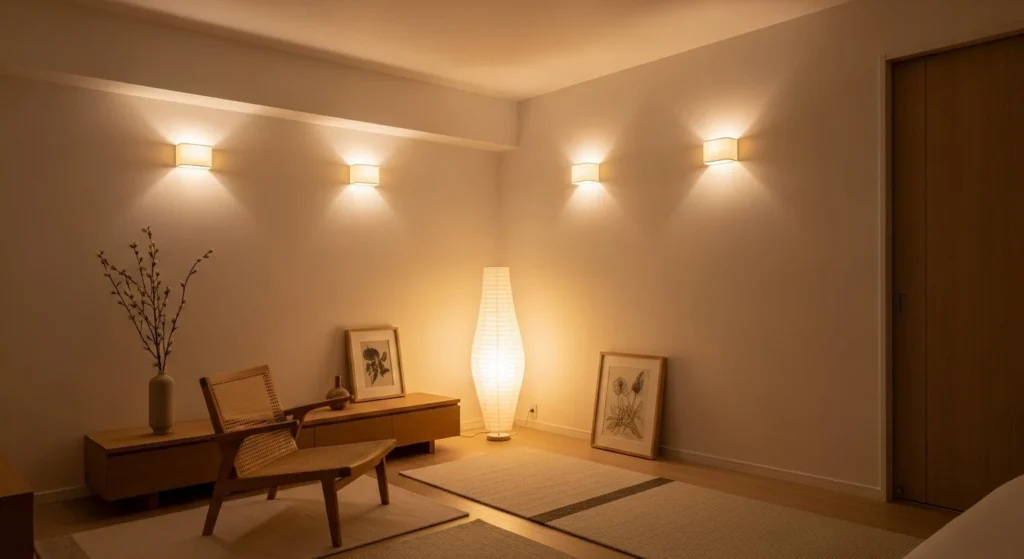
This ensures that your decor remains intentional, not chaotic, and your essentials are accessible without being visible.
10. Incorporate Artisan and Handmade Pieces
Handmade pottery, woven textiles, and crafted wooden furniture bring soul and uniqueness to your Japandi living room. These items add character and authenticity, making your space feel curated rather than mass-produced.
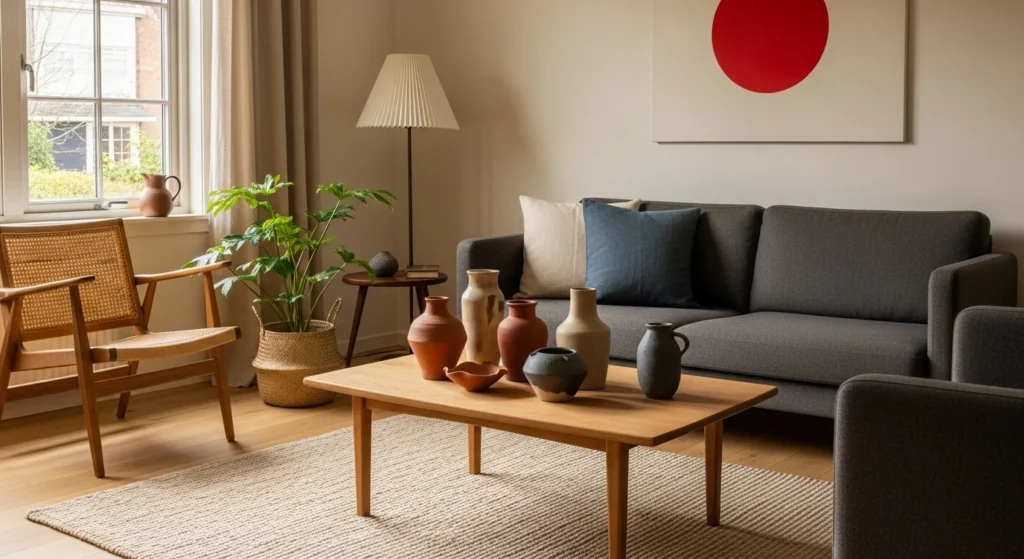
Whenever possible, choose quality over quantity—a few well-crafted items will have more impact than many generic pieces.
Conclusion
Japandi living room design is more than a style—it’s a philosophy of living. By combining Japanese minimalism with Scandinavian comfort, you create a home that’s both calming and functional. Stick to natural materials, a soft color palette, and purposeful decor, and your space will radiate minimalist elegance for years to come.






